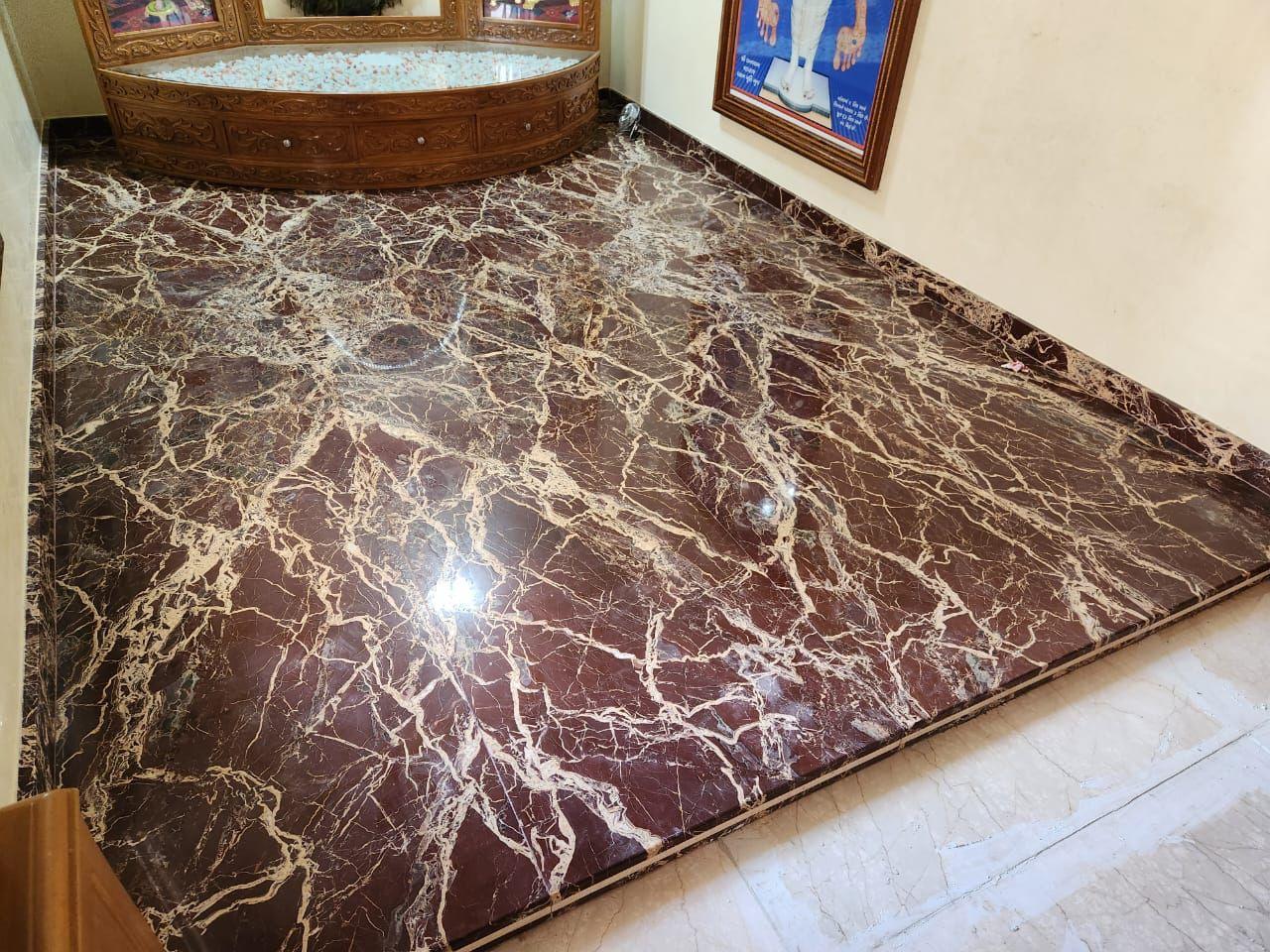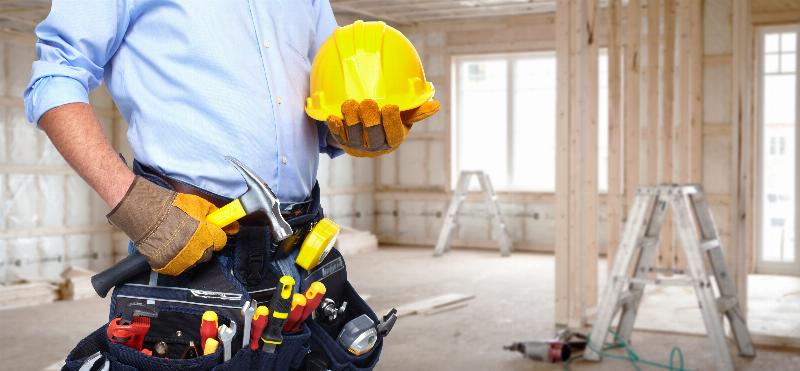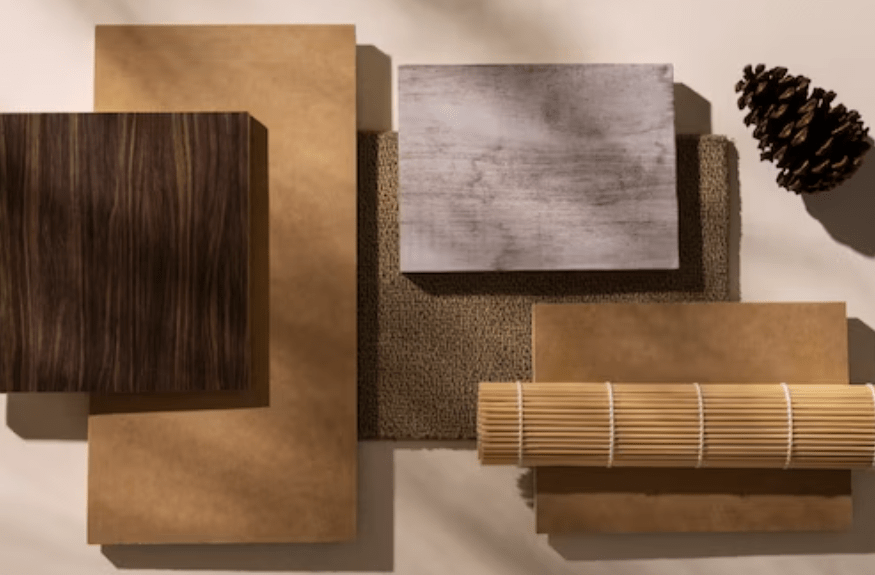In the world of interior design, trends come and go, but some elements remain timeless. Terrazzo floor tiles are one such enduring design feature that has seamlessly merged classic and contemporary styles with unparalleled flair. This versatile flooring option has a rich history dating back to ancient times, yet it continues to captivate designers and homeowners with its ability to adapt to modern aesthetics. In this article, we will delve into the fascinating history of terrazzo, explore its evolution into a contemporary design element, and discuss why it’s a popular choice for those seeking a harmonious blend of classic and contemporary styles in their living spaces.
The Ancient Art of Terrazzo:
Terrazzo is not just a flooring material; it’s a work of art that has been cherished for centuries. The origins of terrazzo can be traced back to ancient Egypt, where it was used to create decorative mosaics. This technique spread across the Mediterranean, making its way to Italy, where it truly flourished during the Renaissance. Venetian artisans, inspired by the artistic possibilities of terrazzo, perfected the craft, creating intricate patterns and designs that adorned the floors of palaces, churches, and public buildings. The word “terrazzo” itself is derived from the Italian word “terra,” meaning ground, and “terrazza,” meaning terrace.
A Timeless Elegance:
What makes terrazzo timeless is its ability to exude elegance and sophistication. The classic aspect of terrazzo lies in its rich history, but it also endures because of its inherent beauty. Terrazzo tiles are characterized by their exquisite blend of marble or stone chips embedded in a cement or epoxy resin base. These chips can be of various sizes and colors, allowing for an almost infinite range of design possibilities. The result is a surface that evokes a sense of luxury and craftsmanship, making it the ideal choice for those who appreciate classic aesthetics.
Terrazzo’s Resurgence in Contemporary Design:
While terrazzo may have ancient roots, it has been enjoying a resurgence in contemporary interior design. Designers have embraced this classic material and reimagined it in ways that seamlessly integrate it into modern living spaces. Today, you can find terrazzo used not only in flooring but also in countertops, wall coverings, and furniture.
One reason for terrazzo’s resurgence is its adaptability. Modern manufacturing techniques allow for greater customization, enabling homeowners and designers to choose from a wide range of colors, sizes, and patterns. This flexibility means that terrazzo can effortlessly blend with contemporary design elements, ensuring that it remains relevant and captivating.
Harmonious Blend of Styles:
Terrazzo’s true allure lies in its capacity to harmoniously merge classic and contemporary styles. This flooring option can effortlessly bridge the gap between the two, creating spaces that feel both timeless and modern.
- Classic Elegance in Modern Spaces: When used in contemporary interiors, terrazzo provides a sense of classic elegance that elevates the overall design. The juxtaposition of sleek, minimalist furniture with the intricate patterns and textures of terrazzo creates a visually striking contrast. This blend of classic and contemporary elements transforms any space into a work of art, and it works beautifully in both residential and commercial settings.
- Contemporary Minimalism with a Nod to Tradition: Terrazzo also allows for a subtler approach, where it’s used as an accent to infuse a contemporary space with a touch of tradition. This can be achieved by incorporating terrazzo into smaller design elements like coffee tables, kitchen islands, or backsplashes. The slight nod to the past adds depth and character to an otherwise modern interior.
- Eclectic Fusion: For those who appreciate eclecticism in design, terrazzo provides a versatile canvas. It can coexist with a diverse range of styles, from mid-century modern to industrial and bohemian. Its adaptability is what allows for a seamless fusion of different design elements, creating a unique and eclectic space.
The Environmental Edge:
Another reason for terrazzo’s resurgence in contemporary design is its eco-friendliness. Many modern terrazzo products are made from recycled materials, which aligns with the growing trend of sustainable interior design. By choosing terrazzo, homeowners and designers can make environmentally responsible choices without sacrificing style and aesthetics.
Additionally, terrazzo’s durability makes it a sustainable choice. Its longevity means that it won’t need frequent replacement or repair, reducing the environmental impact associated with flooring materials that wear out quickly.
Designing with Terrazzo:
When considering terrazzo for your space, it’s essential to think about the overall design concept and the specific type of terrazzo that best complements your vision.
- Color Palette: Terrazzo is available in a wide range of colors, so select shades that resonate with your design theme. Neutral colors can provide a timeless elegance, while vibrant hues can infuse a contemporary vibe.
- Pattern: The pattern you choose can significantly impact the overall look of the space. Whether you prefer traditional, geometric, or abstract designs, consider how the pattern will integrate with other design elements.
- Scale: The size of the aggregate chips can influence the texture and overall feel of the space. Smaller chips create a smoother, more subtle texture, while larger chips provide a more dramatic, terrazzo-heavy look.
- Finish: Terrazzo can be polished to a high gloss or left with a more matte finish. The choice of finish will affect the overall ambiance of the room, so consider the level of shine that best complements your style.
Conclusion:
Terrazzo floor tiles are the epitome of merging classic and contemporary styles with flair. Their ancient origins have seamlessly transitioned into the modern era, adapting to ever-evolving design trends. With its timeless elegance and adaptability, terrazzo provides an excellent choice for those who seek to create spaces that effortlessly blend the past and present. This enduring material offers a harmonious blend of classic and contemporary elements, enriching interiors with beauty, sustainability, and versatility. Whether you’re renovating your home or designing a commercial space, terrazzo is a flooring option that stands the test of time, connecting the past and future in a single, elegant sweep.
















